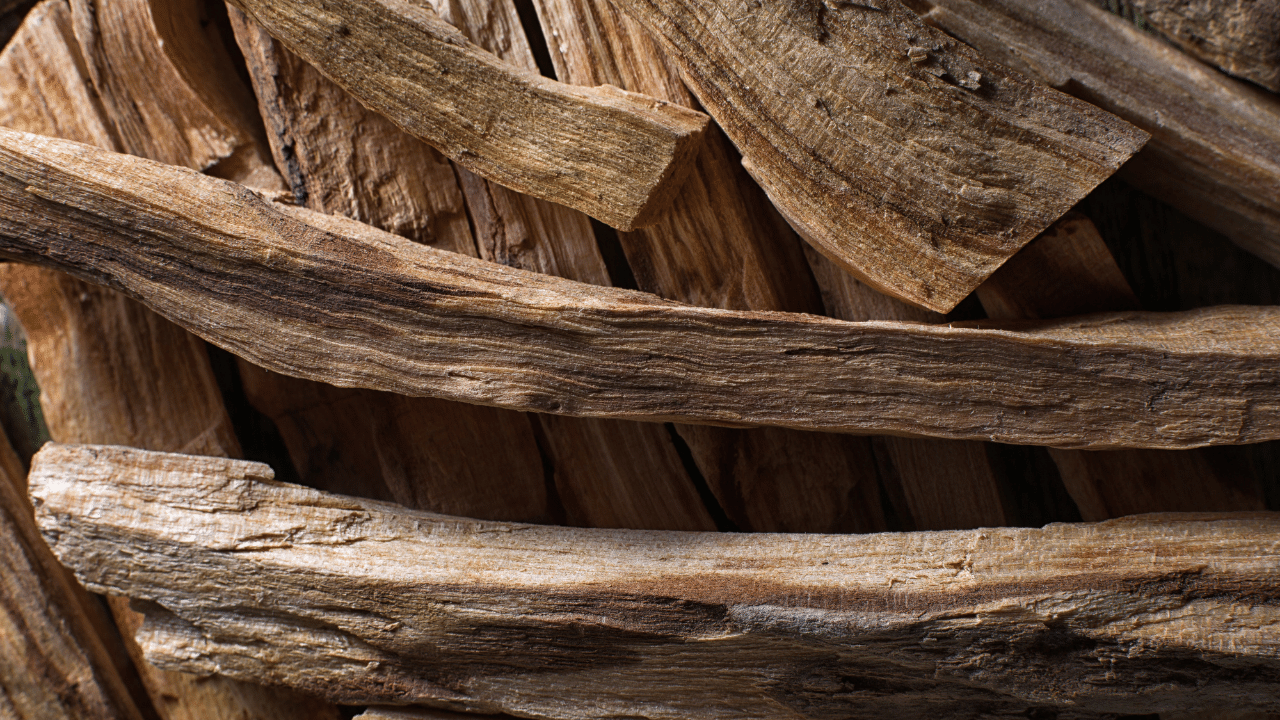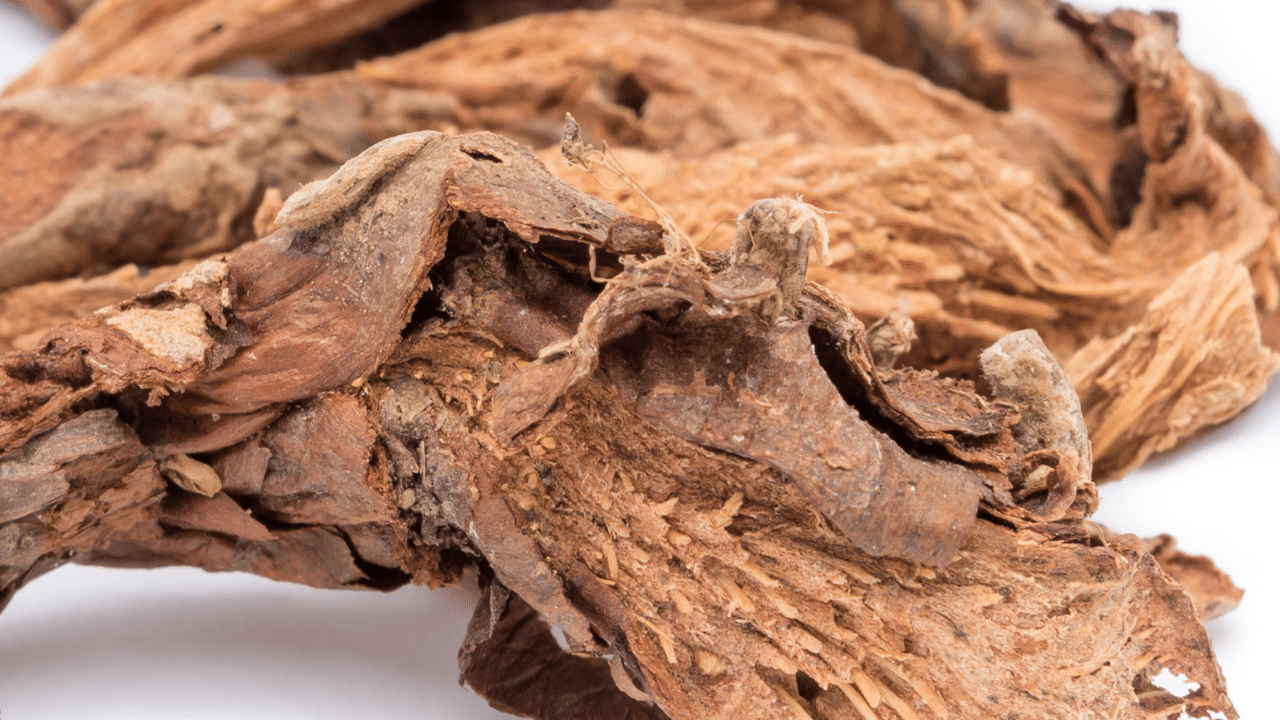The Essence of Thyme Blog
Learn about essential oil recipes, aromatherapy careers, plant sustainability, aromatherapy classes, aromatic chemistry, and more.
Essence of Thyme College of Holistic Studies Joins Airmid Institute Plant Protector Program

As aromatherapists, we know that Nature heals.
And as healers, we have a responsibility to heal the plants first. If we want a bright and sustainable future for the practice of aromatherapy, we must all do our part.
At Essence of Thyme, we take sustainability seriously. Aromatherapy is a path of lifelong study — to us, this is inseparable from learning how to protect and support our planet and i...
The Benzene Ring: Our Logo, Our Values

It’s a question we hear a lot.
“Why did you choose a honeycomb as your logo?”
The easy answer: “Because it represents everything we believe in.”
The deeper answer: “Let us tell you about the benzene ring.”
The Benzene Ring
As the story has it, in 1865, the discovery of the benzene ring came to Friedrich Kekulé, a German organic chemist, in a waking dream. In his dream, he supposedly saw row...
Mandarin Essential Oil: The Unsung Hero

Mandarin Essential Oil
Citrus reticulata Blanco (C. nobilis)
Family Rutaceae
If you are seeking an essential oil that is chock-full of benefits, is sustainable, and has no contraindications, mandarin essential oil is a great choice.
Background
The mandarin is a small evergreen tree which is native to southern China. It is approximately 6 m (20 ft) tall, and has glossy leaves and fragrant flowers....
Holy What?! Getting to the Source

Botanical Names
It is vital to understand the value and importance of Latin scientific names, also known, for plants, as botanical names. A botanical name is binomial in that it is made up of two parts: the first part indicating the genus of the plant, and the second part, the species. For example, Bursera graveolens (Figure 1) begins with the name of the genus – Bursera - followed by the name of...
Lamiaceae Plants Put the 'Fun' in Antifungal

Fungi
Many years ago, fungi were classified as plants, but that has changed! Fungi are a distinct group of organisms that include mushrooms, mold, and yeast, and are different from plants for two reasons: their cells walls are composed of chitin, and they don’t make their own food. Plants have cell walls composed of cellulose and use photosynthesis to make their own food.
Fungi are microscopic t...
Ghandi Root Oil: Peaceful Perseverance

Ghandi Root
Ghandi Root (Homalomena aromatica), an evergreen perennial, belongs to the Family Araceae, which is the most diverse plant family in the New World Tropics!
This essential oil-bearing plant’s native range occupies the tropical and subtropical forests from Assam to China.
Ghandi Root is identifiable by its heart-shaped leaves and orange yellow berries (Kew RBC, 2020) (Figure 1).
 Fig...
Fig...
The Salvation of Salvia apiana (White sage)

“All things are bound together. All things connect.” - Chief Seattle
Mass Extinction
Scientists revealed in 2010 that the Earth is undergoing its sixth mass extinction whereby over 1,000,000 species are facing extinction (1). One of the two factors primarily contributing to this alarming number is habitat destruction, fuelled in particular by monoculture, urban sprawl, and unsustainable mana...
The Sedative and Anxiolytic Activities of Cedrol and Virginian Cedarwood Essential Oil

Cedrol
Cedrol is a tricyclic sesquiterpene alcohol commonly occurring in the essential oils of conifer trees, especially those belonging to the Cupressus and Juniperus genera. It occurs in essential oil of Juniperus virginiana (Virginian, red or Eastern red cedarwood) (Figure 1) at proportions of approximately 24-32% (ter Heide et al, 1988; Kitchens et al, 1971). The compound presents minimal ris...
Aniseed Essential Oil for Depression and Irritable Bowel Syndrome

Aniseed essential oil
Essential oil of aniseed (Pimpinella anisum) is not usually among those that we select when requiring an uplifting, antidepressive effect. We might think instead of essential oils such as lavender (Lavandula angustifolia), bergamot (Citrus bergamia) and sandalwood (Santalum spp.), all of which have shown beneficial effects in clinical trials on mood parameters such as anxi...
The Immunomodulating Potential of Essential Oils in Relieving Asthma

Asthma
Among the respiratory conditions for which essential oils show promise is bronchial asthma.
Asthma affects some 339 million people worldwide and is the most common chronic disease among children (Morales, 2018). Asthma is characterized by chronic inflammation of the airways of the lungs with symptoms that include wheezing, shortness of breath, tightness of the chest, excessive mucus produ...


